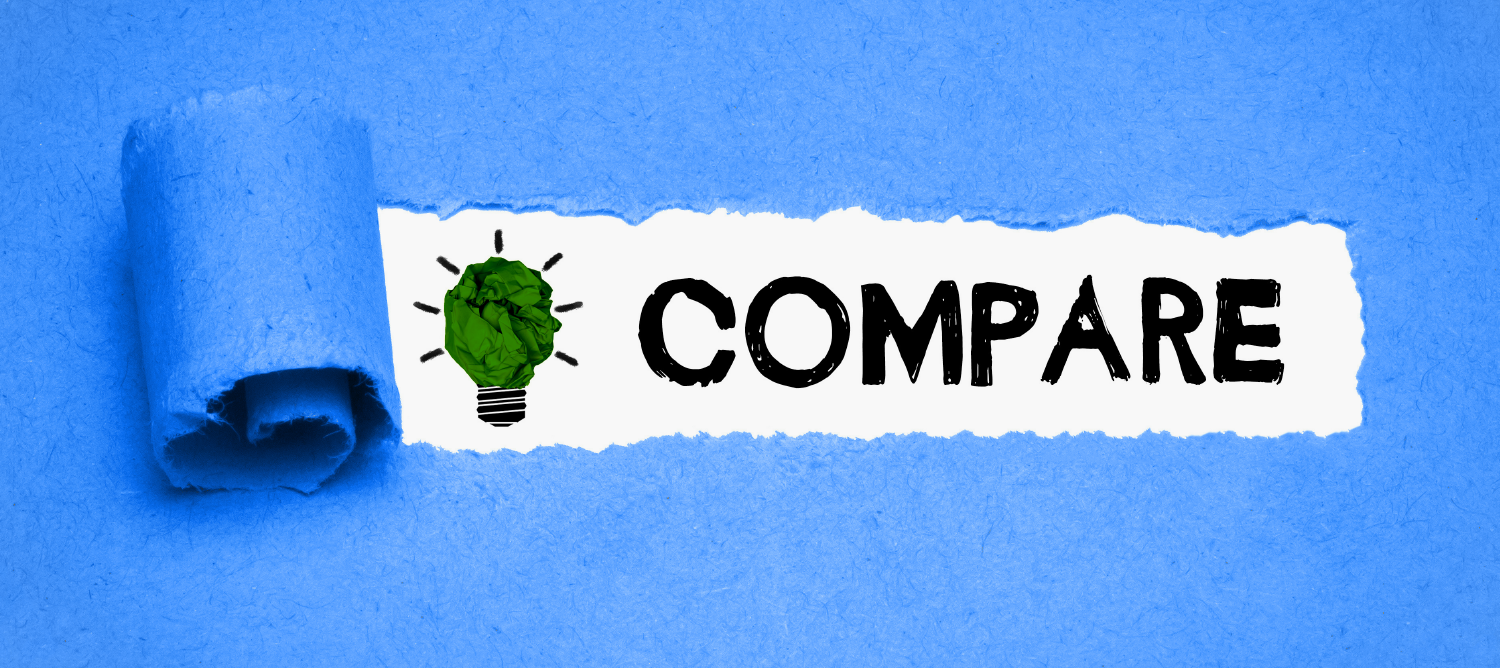Demystifying comparative analysis

Relative Insight has a central approach to understanding customers and audiences: text analytics powered by comparison. Our technology uses natural language processing to perform comparative analysis. It analyzes two or more text data sets to uncover the linguistic differences and similarities between them, enabling you to understand what makes a customer segment, brand or audience distinct.
However, for insights professionals this concept of comparative analysis represents a departure from how research is typically done and an obvious comparison doesn’t always spring to mind. A common question that we hear is: How can I run comparisons when I have nothing to compare against?
But let me stop you right there. You will always have something to compare. Think of it this way: every single day, we make hundreds if not thousands of unconscious comparisons. From what to buy at the supermarket, to comparing ourselves against our colleagues and friends. The point being, we use comparison to benchmark all the time.
So, you say you have nothing to compare against? Let’s see…
What exactly do you want to know?
Comparative analysis can help you tap into the full potential of your data. If you’re thinking about how you could use comparison as a means of analysis, firstly ask yourself what are the burning business questions you need answers to. To get the ball rolling, consider the following:
- How are people discussing your brand and/or your competitors?
- How do consumers discuss a topic, product or service?
- How does an audience talk – generations, locations, genders?
- How do brands talk and promote themselves?
What language data do you have?
Now that you have an idea of what you want to learn about, think about the data that could contain the answers to your questions.
When we say language data, we literally mean anything with words. This could be existing company data such as open-end survey responses, customer service transcripts, website copy and review data. Or, it might take the form of open-sourced public data such as social media and forums. The list is endless – but typically, the more words the better!
Splitting your data for comparative analysis
While your aim might be to understand a target demographic or your top competitor’s marketing strategy, comparison helps you isolate what is different or unique about something.
Once you have your data, Relative Insight’s split functionality can divide your data in seconds by using various metadata tags such as age, location, sentiment score or timestamps. You can then run various comparisons and discover unknown unknowns that you wouldn’t have thought to search for. Some common ways of splitting data include:
- Sentiment – 1 star vs 5 star reviews
- Geographic – American customers vs British customers
- Time – How people spoke about your brand in 2015 vs 2021
- Brand – Your brand vs Competitors
Utilizing the Standard English model
Relative Insight’s Standard English model is a general representation of written English. It is comprised of 9,954,331 words representing 175,954 unique parts of speech from 100,760 different sources.
If you’re not sure how to split your data or what to compare, Standard English can be useful to do some preliminary analysis to identify key language elements. Think of this as analyzing your data for the first time – quickly, objectively and at scale!
This kind of “baselining” and exploratory analysis is useful for discovering what’s relevant to your users or consumers. It will help you to identify the most important words, topics or themes in the text, which can subsequently inform additional comparisons to be analyzed. For example:
- You have a large set of reviews about your tech brand
- You create a comparison against Standard English
- The words functionality and design each surface with a significant relative difference
- Based on this information, you split your language set based on these words and create a new comparison of people who commented on the design vs those who commented on the functionality
This comparative analysis will highlight the differences between the reviews mentioning each key phrase, enabling you to understand what people really think about both aspects of your product/brand.
Comparing against Standard English is a comparison in its own right. This is a concrete way of gaining a deeper understanding of the frequency of words within a data set and will identify language elements that are ‘over indexing’.
The bottom line
Comparative analysis is a unique and efficient, albeit new, way to analyze your data. But this shouldn’t scare you. Through comparison, Relative Insight enables you to release the full potential and value of your data.
If you’re still unsure if comparison would work for you, get in touch with our team to learn more about how this approach can add value to your organisation.
